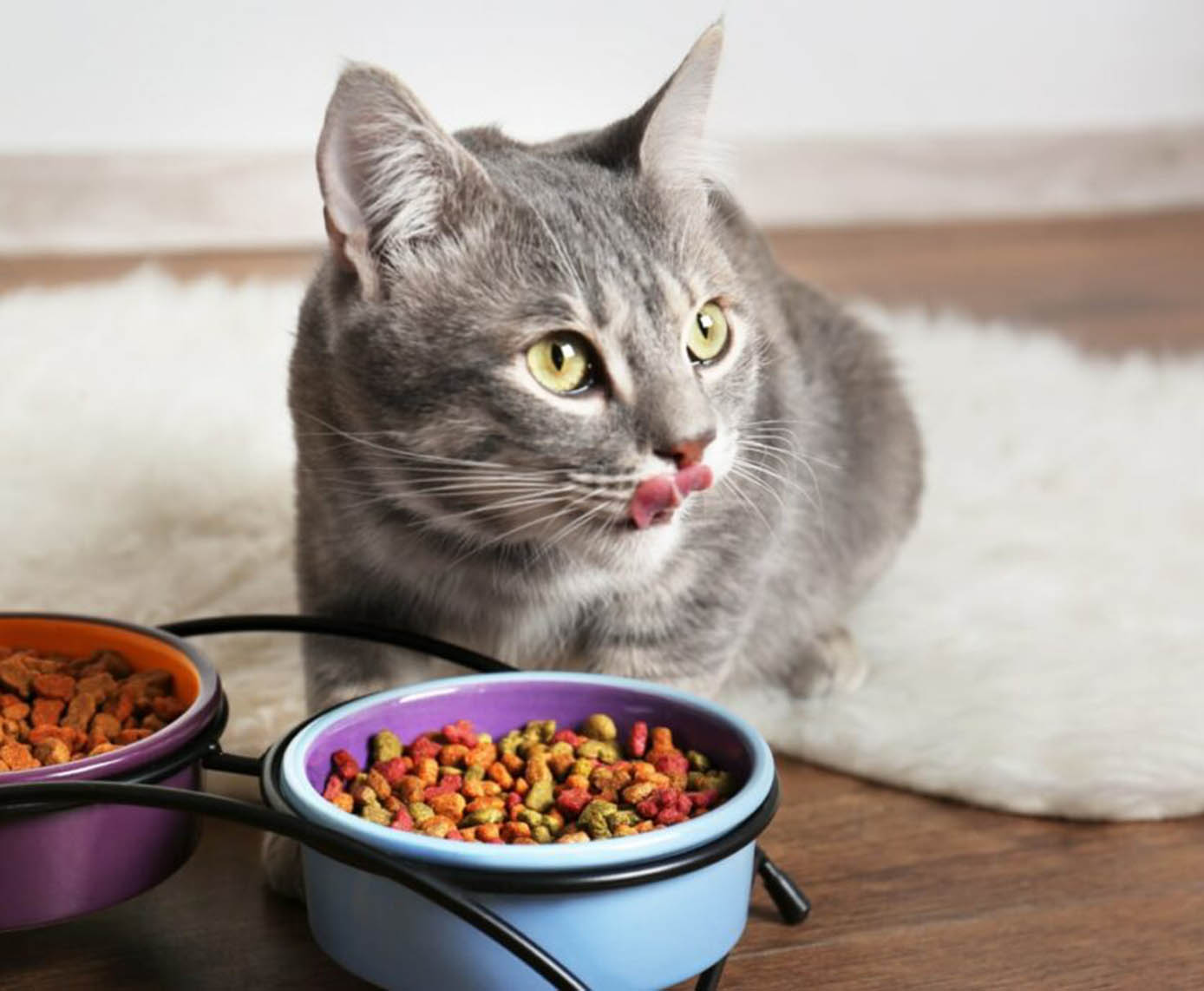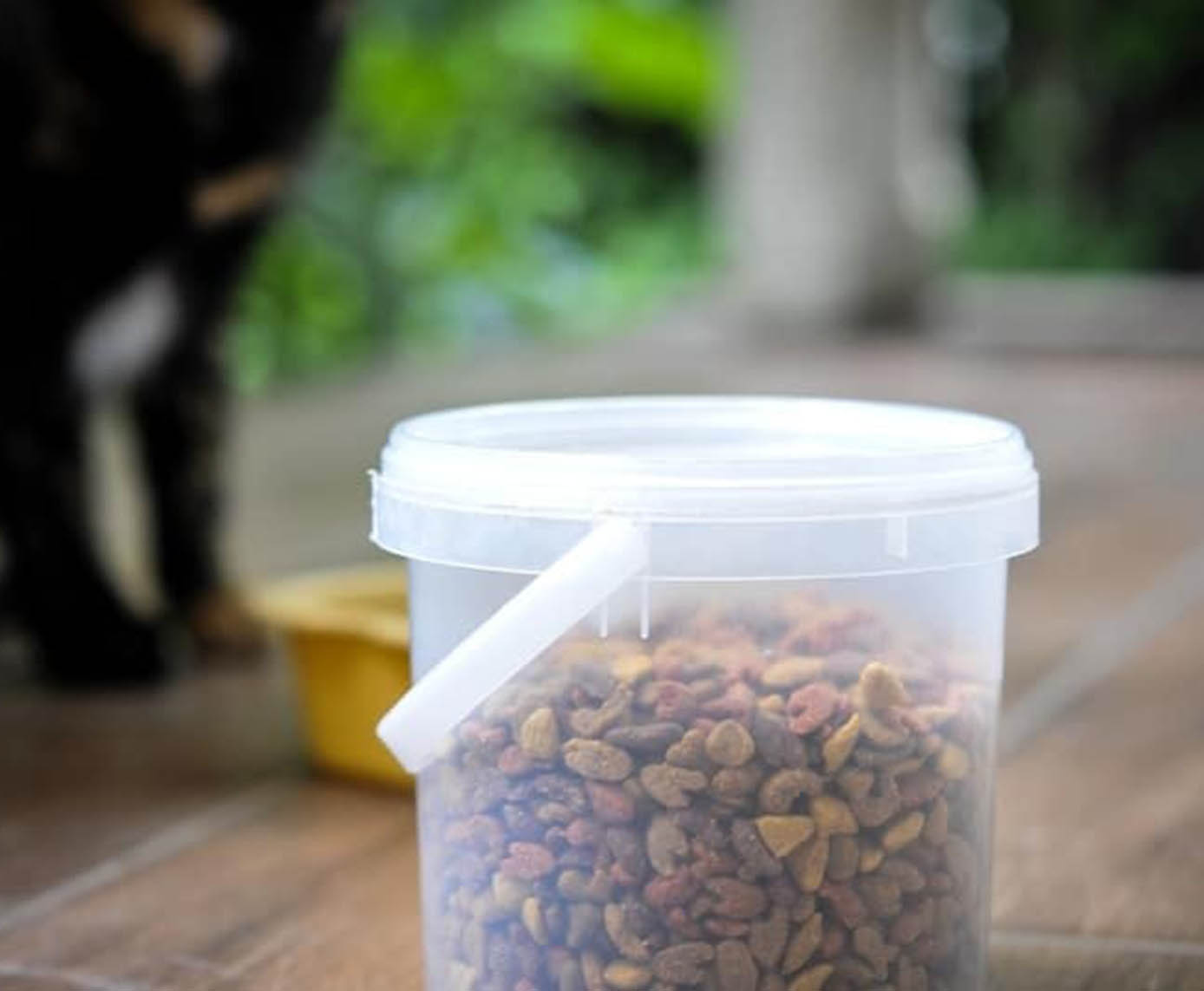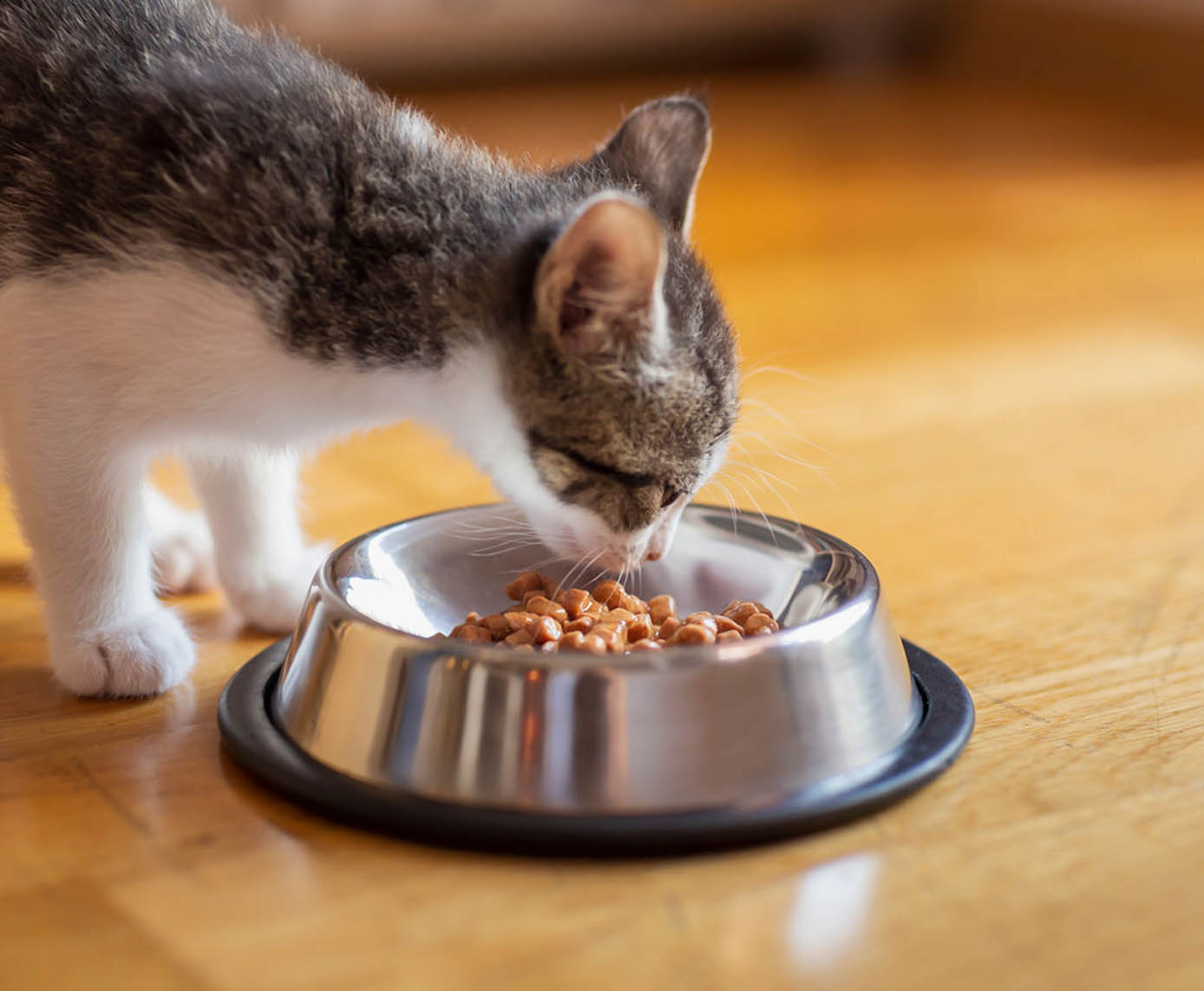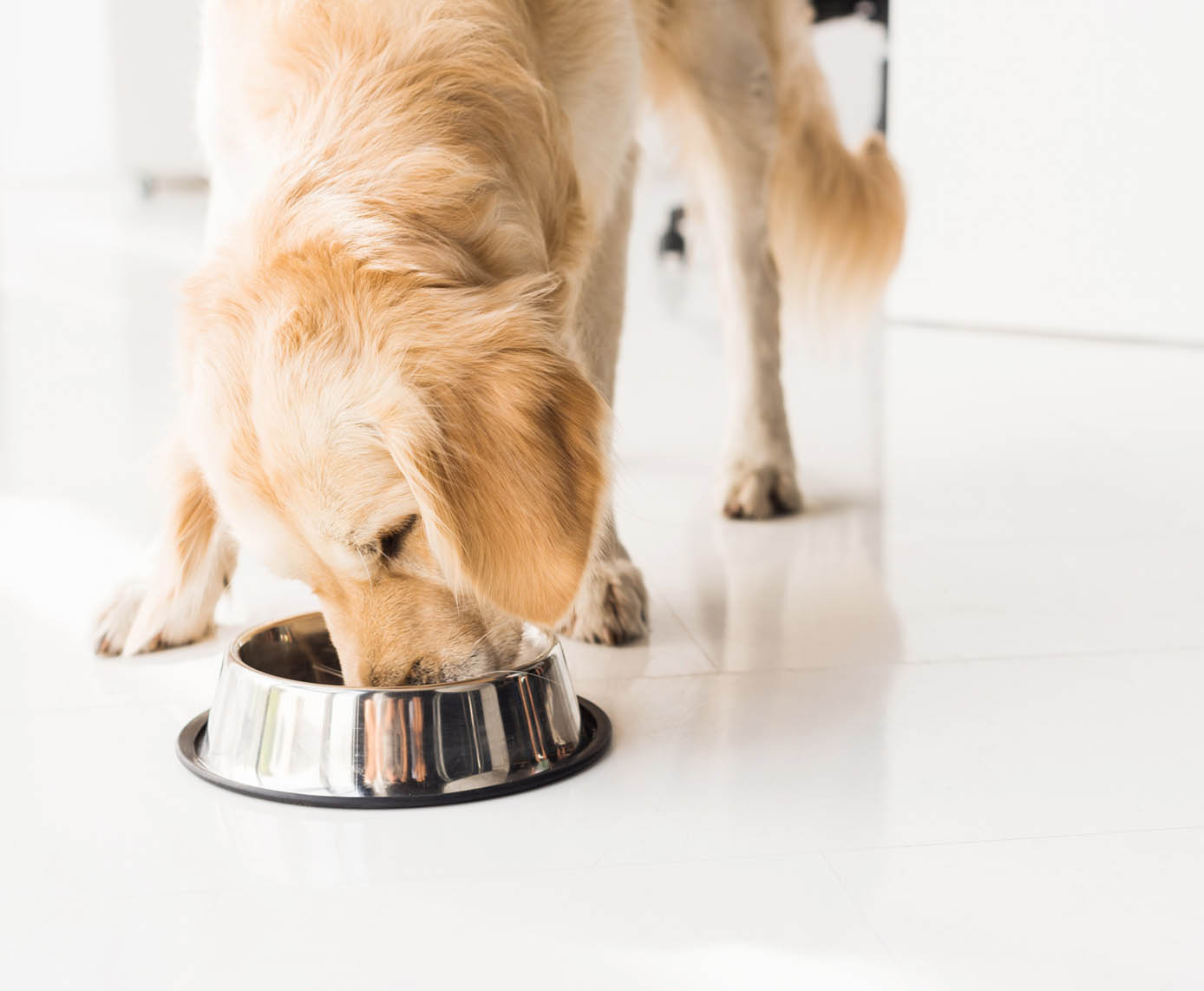As pet owners increasingly become aware of their cats’ dietary needs, grain-free cat foods have gained popularity. But are these grain-free options truly healthier for your feline friend, or is it just a marketing trend? This comprehensive guide explores the pros and cons of grain-free cat foods, their impact on your cat’s health, and what you need to consider when choosing the best diet for your pet.
Understanding Grain-Free Cat Foods
Grain-free cat foods, as the name suggests, do not contain traditional grains such as wheat, corn, and soy. Instead, they often use alternative carbohydrate sources like sweet potatoes, peas, and legumes. The idea behind grain-free diets is to mimic the diet of a cat’s wild ancestors, who primarily consumed animal proteins and fats, with minimal plant-based ingredients.
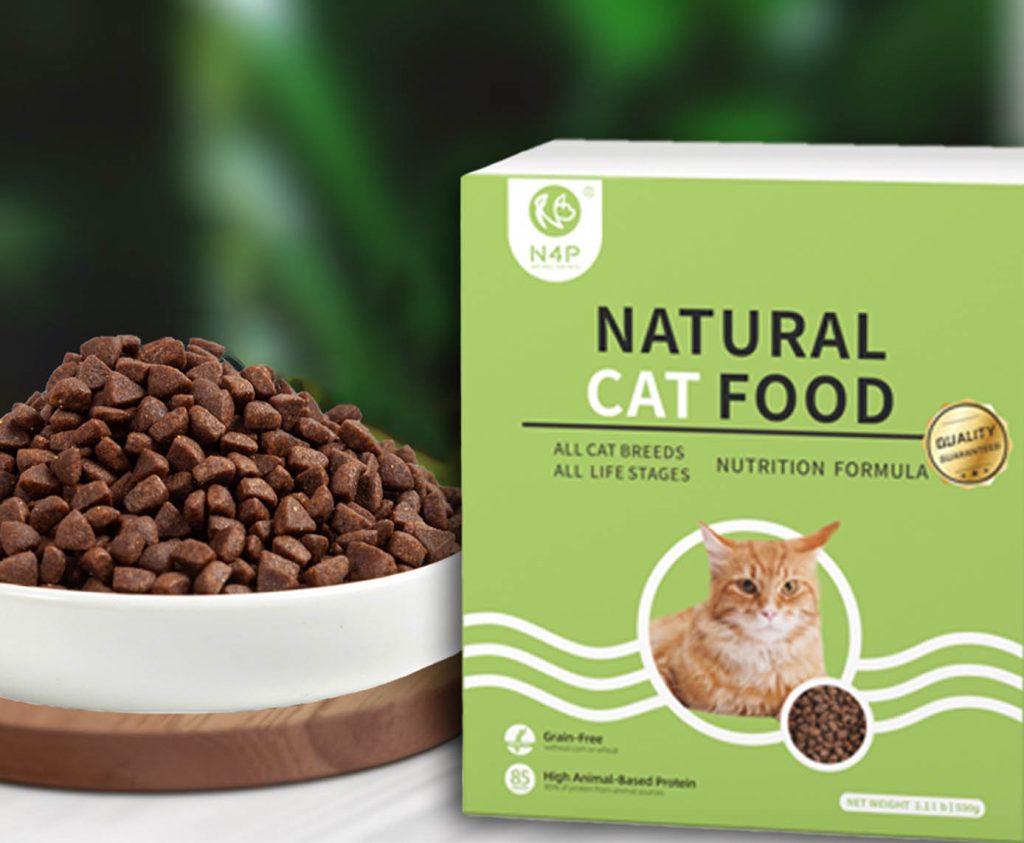
What Are Common Ingredients in Grain-Free Cat Food?
- Protein Sources: Typically high in animal proteins such as chicken, turkey, fish, or beef.
- Fruits and Vegetables: Ingredients like sweet potatoes, peas, and pumpkin provide essential vitamins and minerals.
- Legumes: Chickpeas, lentils, and beans are often used as alternative sources of carbohydrates and fiber.
- Fats: Healthy fats from sources like chicken fat or fish oil help support skin and coat health.
The Grain-Free Trend: A Brief History
The grain-free trend in pet food began gaining traction in the early 2000s as pet owners became more conscious of ingredient quality and its effects on health. Initially marketed as a more natural choice for pets, grain-free diets were thought to be more aligned with the carnivorous nature of cats.
Health Benefits of Grain-Free Cat Foods
1. Improved Digestive Health
Grain-free cat foods often contain fewer fillers and artificial ingredients, which can lead to improved digestion. Some cats may be sensitive to grains, leading to gastrointestinal issues such as vomiting, diarrhea, or gas. By removing grains, some cats experience fewer digestive problems.
2. Reduced Allergies and Sensitivities
For cats with food allergies or sensitivities, grains can sometimes be a culprit. Common allergens like wheat and corn can cause itching, skin irritations, or ear infections. Grain-free diets eliminate these potential allergens, which may lead to an improvement in your cat’s skin and overall comfort.
3. Higher Protein Content
Many grain-free cat foods emphasize higher protein content from animal sources, which is more aligned with a cat’s natural diet. Protein is crucial for maintaining muscle mass, energy levels, and overall health in cats. Higher-quality protein sources in grain-free foods can support a cat’s health better than diets with lower protein levels.
4. Better Weight Management
Some grain-free diets are formulated with lower carbohydrates, which can be beneficial for weight management. Cats on grain-free diets may be less likely to become overweight, as their bodies are better able to metabolize proteins and fats than high-carb diets.
5. Enhanced Coat and Skin Health
The higher protein and fat content found in many grain-free foods can contribute to a healthier coat and skin. Essential fatty acids like omega-3 and omega-6, often included in grain-free foods, support skin health and a shiny coat.
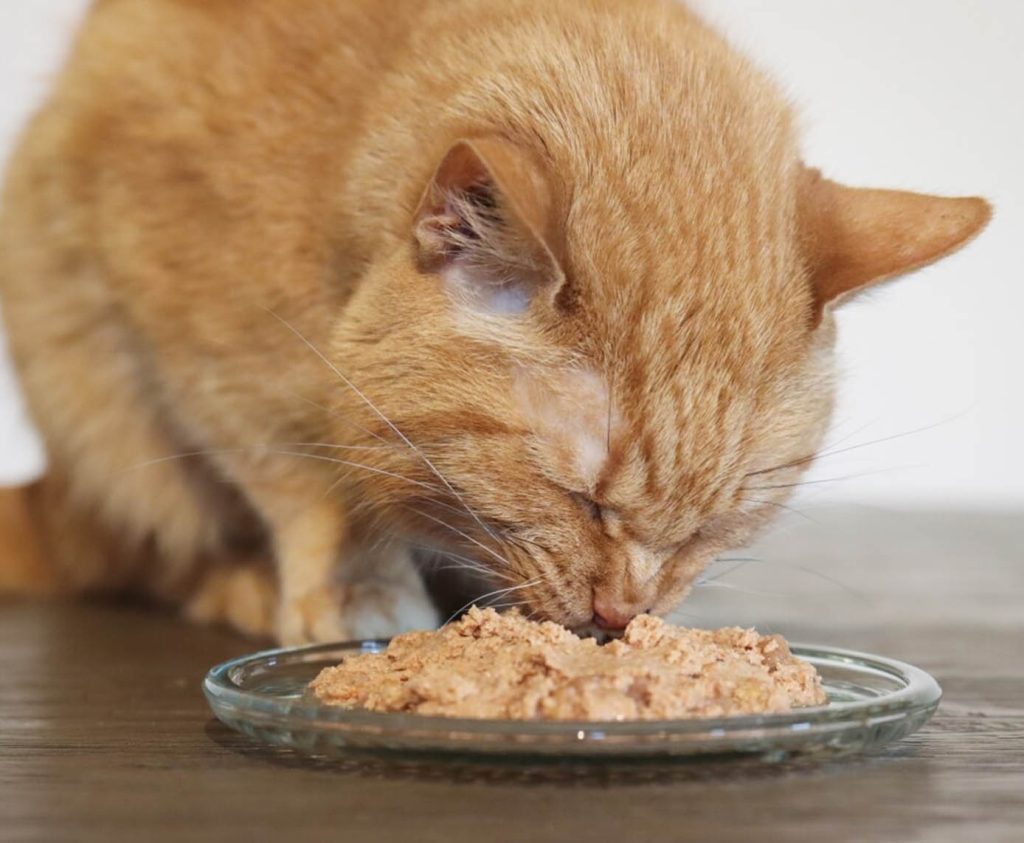
Potential Drawbacks of Grain-Free Cat Foods
1. Nutritional Imbalance
While grain-free cat foods can be beneficial, they can also lead to nutritional imbalances if not properly formulated. Cats need a balanced diet with appropriate levels of vitamins, minerals, and other nutrients. Some grain-free diets may rely heavily on alternative ingredients that don’t always provide a complete nutritional profile.
2. Increased Risk of Certain Health Conditions
Recent studies have linked some grain-free diets to an increased risk of dilated cardiomyopathy (DCM), a serious heart condition in cats. This has been attributed to the high levels of certain ingredients like peas and lentils, which may interfere with taurine absorption—a vital amino acid for heart health. While the link is not yet fully understood, it’s a concern worth considering when choosing a diet.
3. Cost Considerations
Grain-free cat foods can be more expensive than traditional options due to higher-quality ingredients and manufacturing processes. While many pet owners are willing to pay a premium for perceived health benefits, the cost might be a factor for some.
4. Potential for Over-Reliance on Protein Sources
Some grain-free foods rely heavily on specific protein sources, which can lead to issues if your cat has allergies or intolerances to those proteins. It’s essential to ensure that your cat’s diet includes a variety of protein sources to avoid potential allergies.
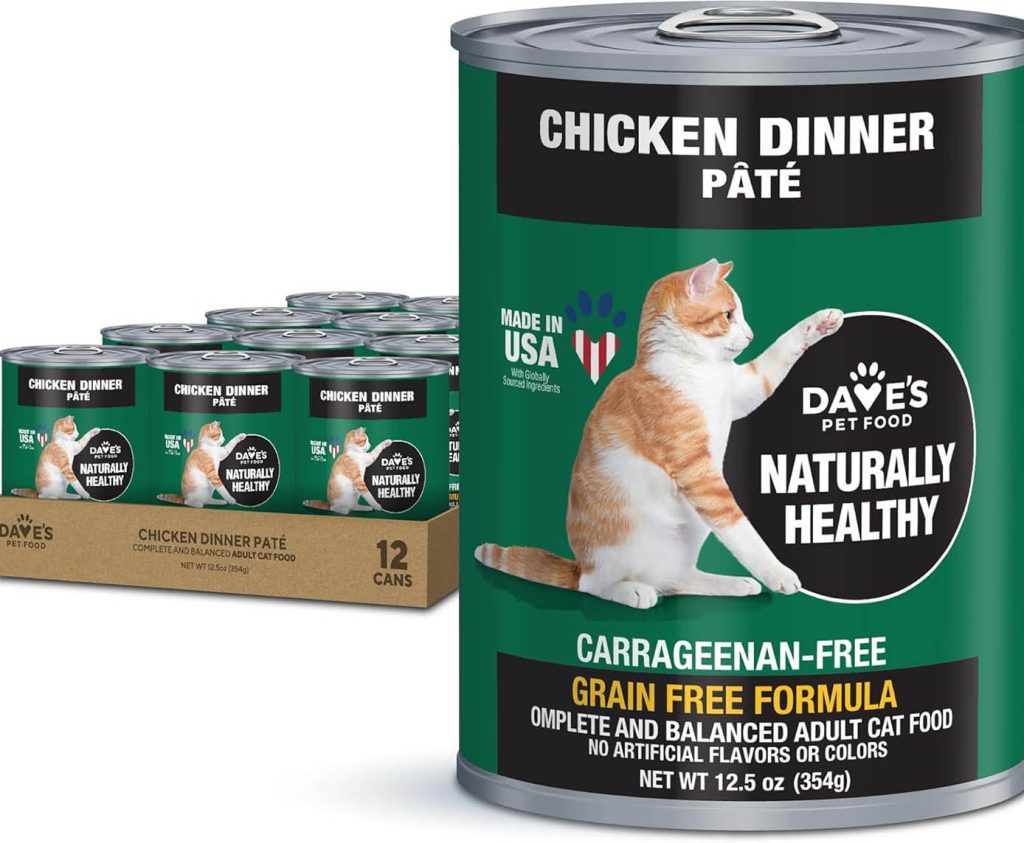
What to Look for in a Grain-Free Cat Food
1. High-Quality Protein Sources
Look for grain-free cat foods that list high-quality animal proteins, such as chicken, turkey, or fish, as the primary ingredient. Avoid foods that rely heavily on meat by-products or unspecified protein sources.
2. Balanced Nutrients
Ensure the food provides a balanced blend of proteins, fats, vitamins, and minerals. Check for the inclusion of essential nutrients such as taurine, omega-3 and omega-6 fatty acids, and antioxidants.
3. Avoid Fillers and Artificial Additives
Choose grain-free foods that avoid fillers like corn and soy, as well as artificial colors, flavors, or preservatives. Natural ingredients are generally better for your cat’s overall health.
4. Veterinary Approval
Consult with your veterinarian to ensure the grain-free diet you choose meets your cat’s specific health needs. Your vet can help you determine if a grain-free diet is appropriate based on your cat’s health, age, and activity level.
5. Brand Reputation
Select products from reputable brands known for their commitment to high-quality ingredients and rigorous testing. Brands with transparent ingredient sourcing and manufacturing practices are often a better choice.
How to Transition Your Cat to Grain-Free Food
Transitioning to a new diet should be done gradually to avoid digestive upset. Here’s a step-by-step guide to help make the transition smoother:
- Start Slowly: Begin by mixing a small amount of the new grain-free food with your cat’s current food. Gradually increase the amount of new food while decreasing the old food over a period of 7-10 days.
- Monitor Your Cat: Watch for any signs of digestive issues or allergies during the transition. Common symptoms include vomiting, diarrhea, or changes in appetite.
- Adjust as Needed: If you notice any adverse reactions, consult with your veterinarian to determine if the new diet is suitable or if adjustments are necessary.
- Stick to a Schedule: Once the transition is complete, stick to a consistent feeding schedule and avoid making frequent changes to your cat’s diet.
Grain-free cat foods can offer several benefits, including improved digestion, reduced allergies, and higher protein content. However, they also come with potential drawbacks such as the risk of nutritional imbalances and concerns about specific health conditions. When considering a grain-free diet for your cat, it’s essential to evaluate the quality of the food, ensure it meets your cat’s nutritional needs, and consult with your veterinarian.
Ultimately, the best diet for your cat depends on their individual health needs, preferences, and any specific dietary restrictions.
